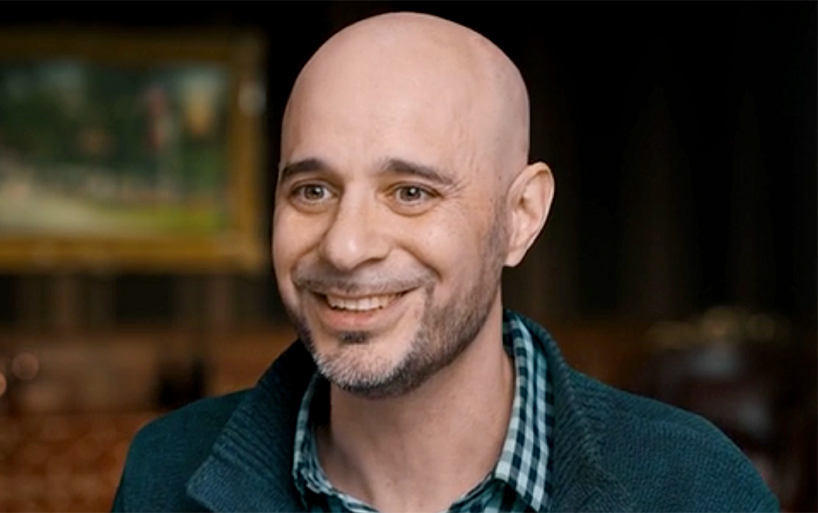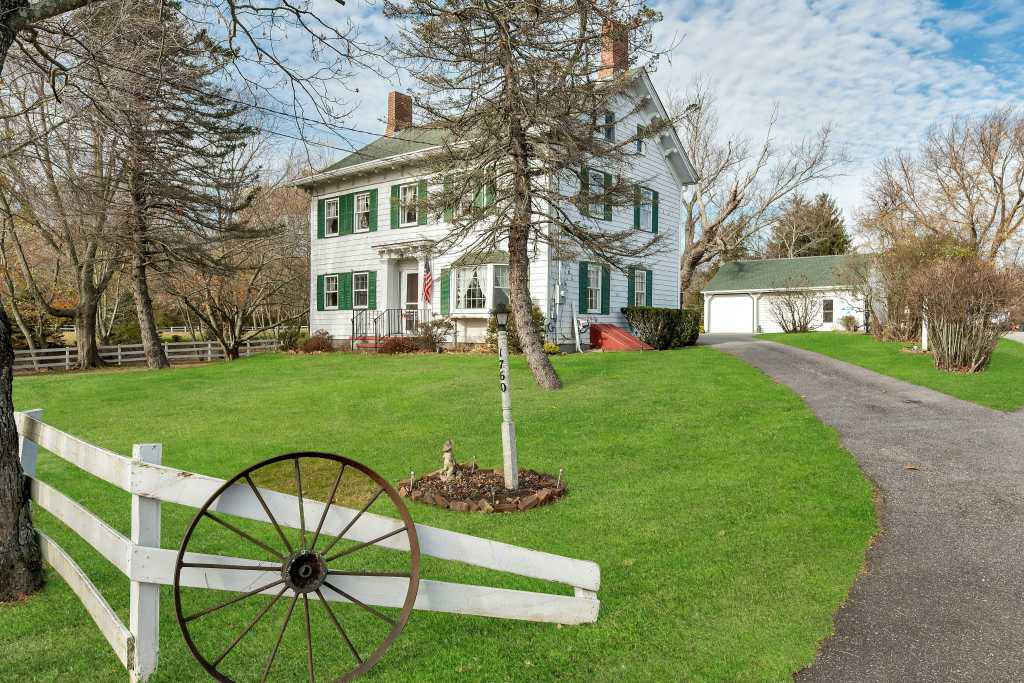Selling Whites Pharmacy Montauk

On Monday, December 18 a violent storm struck downtown Montauk. It was specific to that community. It was not felt in Amagansett or East Hampton, or, the other way, out at Block Island. Winds of 70 miles an hour were recorded by Keeper Joe Gaviola at the Montauk Lighthouse. Reports revealed that 2.5 inches of rain fell, and 30-foot-high ocean waves crashed in, washed into downtown through openings in the dunes, then, on their way out, carted much of the sand away.
Many 1,000-pound sandbags anchoring the dunes were scattered about. Some said it was the worst assault on the town they’d ever seen. It provided further proof that bracing Montauk’s low-lying downtown was urgently needed if it were to survive rising sea levels and global warming.
A few days earlier, however, my sister and I sold the largest retail building in downtown Montauk, Whites Drug and Department Store, which we’d inherited from our parents more than half a century ago. What happened to Whites after the sale closed was no longer our concern — financially, anyway. It is the new owner’s problem. However, in our hearts, of course, we don’t see it that way. Montauk courses through our veins.
Mom and Dad brought me and my sister to Montauk when she was 8 and I was 15. We had been raised in the suburb of Millburn, New Jersey. Dad, a chemist, had a lab in the basement of our home in those early years, supporting the family by creating various hair tonics and creams for the cosmetics business he worked for. (He’d invented Troll, a hair tonic available in almost every barbershop in America for generations.)
But now, in his 40s, he experienced a midlife crisis. He wanted to do something important. So he pulled up stakes and moved to this resort where none of our family had ever been — because Dad, with his druggist license, bought the town pharmacy.
In those days, Montauk was a windswept summer destination for tourists, beachgoers and fishermen. There was little culture, no library, community center, museum or medical clinic. But there was ranchland — also military bases. In the winter, the place was largely deserted.
At first, Dad paid rent to Mr. White to continue to operate the pharmacy Mr. White had owned in the building that Mr. White continued to own. After 10 years, however, in 1966, Dad bought vacant land fronting onto the main downtown plaza (White’s building was on Main Street). There, he built a new building to house the pharmacy. It was 5,000 square feet, three times the size of the old space.
There, Mom and Dad operated the business for the next 20 years. And then, one day, Dad suffered a heart attack in the prescription room. Though he fully recovered, he decided to retire. In retirement, they continued to live in Montauk for the next 20 years. And it is an interesting fact that, as they aged and became frail, many of the people in town would come to their home to mow the lawn, fix the plumbing or do odd jobs without asking for anything in return.
Dad had never hesitated to go down to the store in the middle of the night to fill emergency prescriptions. He’d been a volunteer fireman, an avid deep-sea fisherman, a pillar in the community and, with Mom, a founding member of the East Hampton Jewish Center. Montaukers, remembering them fondly, took care of their own.
Then Dad died at 86, and Mom, later, passed on at 94. And the building, now continued as a pharmacy run by others, was willed to me and my sister.
Here are highlights of what I remember of our time at the store.
As a teenager in the early years, home for the summer from college at Rochester and Harvard, I was given the job of managing the fountain, in the store, where chocolate malts, ice cream cones and sodas were served. However, when Dad began selling a line of clothing in the store, he removed the fountain (without telling me about it in advance) because chocolate sauce did not mix with hats, shirts and shorts.
We also began selling TVs, toasters, umbrellas, cooking gear, you name it. It was now a department store. And Dad changed the store’s name to Whites Drug and Department Store. As for my sister, she had a horse at the ranch, went to East Hampton High then college, then marriage, and in Manhattan, started a family. I, meanwhile, came home again, not to work in the store, but to found this newspaper.
I’ve never left the East End, which I love, though I now live in Springs. And after that first summer’s success with Dan’s Papers, Dad took me to Plitt Ford in East Hampton and bought me a Ford Fairlane convertible with chrome trim, whitewalls and tailfins. And I was forgiven for having decided not to become a pharmacist.
Besides the land for the new store, Dad had also bought the adjacent 100-car parking lot. Then he sold it for a dollar to the town. Many store owners would need to use that lot. He was just one of them.
Over the years, Montauk went into a decline for a while, then young people rediscovered Montauk. And its economy soared.
In 2023, my sister and her husband, in their 70s, told me they wanted to sell their half of the building and retire. They asked if I’d sell my half too.
Over the years, I’ve seen dozens of situations on the East End where family businesses got handed down to children who then, arguing among themselves, caused their businesses to collapse and their buildings to go to ruin, unoccupied, for years. With that in mind, after deciding I would sell my half too, I offered to let my sister’s husband, a New York lawyer, be the primary decision maker about pricing and sales matters. I’d just go along.
With the building on the market, people told me a potential purchaser might want to make it a nightspot or restaurant and thus be worth double what we expected if it were to continue as a pharmacy. It might even be bulldozed down.
I thought that would be pretty sad, but decided I could not object to best use. We have lots of uses for this money, but, as it turns out, our ultimate buyer is in the medical field, and so it seems he might do so.
Montauk will remain in my heart forever.
HELP PRESERVE DAN’S PAPERS 1960–2024
Stony Brook University intends to digitize the complete set of Dan’s Papers back issues (1960–2024) preserved in the Dan Rattiner Collection within their climate-controlled Whitman Library. A total of $130,000 is needed. Currently, $73,000 has been raised. Every dollar helps. Contribute? Write a tax-deductible check to “Stony Brook Foundation” marked “for Dan’s Papers archive” and mail to Stony Brook Foundation, 230 Administration, Stony Brook University, Stony Brook, NY 11794-1188 or visit sbugiving.com/danspapers.








